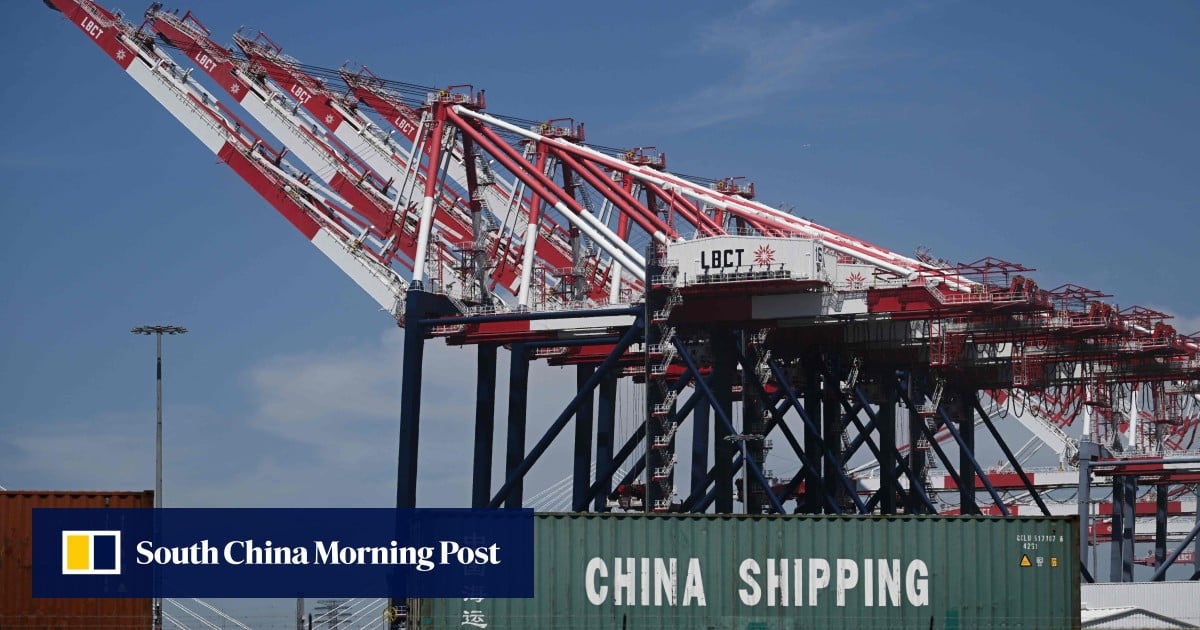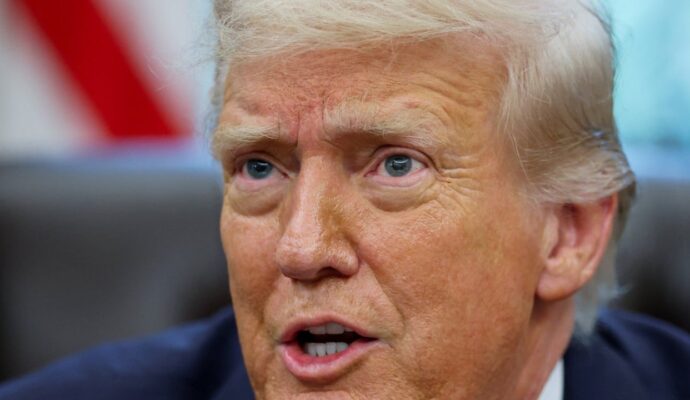
Advertisement
Analysts note that as China is a major importer of energy and grain, its fees will mainly affect tankers and dry bulk carriers, prompting cargo owners and carriers to rethink deployments. This could increase volatility in shipping rates over the short term, while US port fees are more likely to impact container cargo shipping, they added.
China’s port fee policy targets US-built, flagged, owned or operated vessels, as well as those owned or operated by any entity in which US individuals or businesses hold 25 per cent or more of the equity, voting rights or board seats.
“It is this latter stipulation that is the real kicker,” Roar Adland, global head of research at brokerage SSY, wrote in an online post, adding that the share of the worldwide fleet potentially ensnared by the additional fees is substantial.
Advertisement
“The 25 per cent + ownership rule in China’s retaliatory measures extends the policy’s reach to even third-country vessels owned and operated by entities that have financial ties to the US, thereby casting a wider net over the global fleet,” analysts said in a note by HSBC Global released on Monday.
China’s port fees are set to put US agricultural exports at a considerable cost disadvantage. Major iron ore traders, including Vale, reportedly have a significant portion of their ownership held by US investors and could also be heavily impacted, according to the HSBC report.

